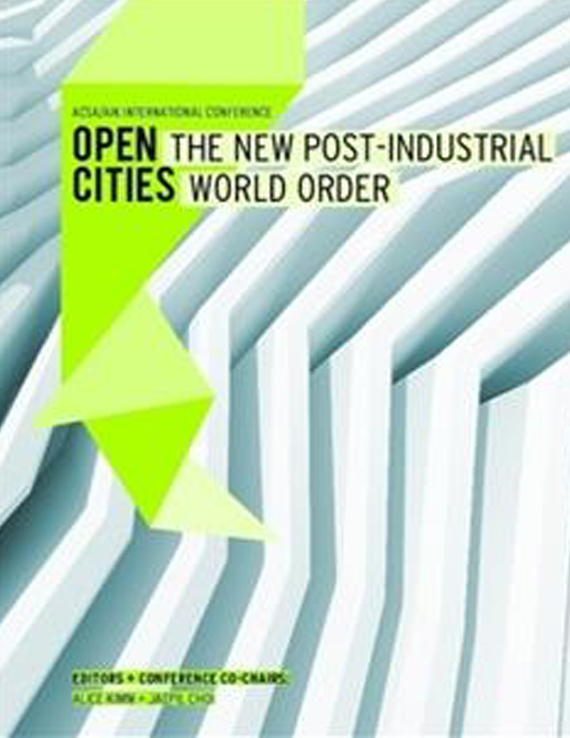Author(s): Donna Kacmar
We recently revised our curriculum to integrate what has traditionally been thought of as technical “support” courses – classes such as structures, systems, programming, and construction – with the design studio. This curriculum shift is a result of change in leadership at multiple levels in our college, including a new Dean, as well as a desired alignment with the evolution happening in the profession. Architectural practices, in their quest to design high performance buildings, are integrating technical requirements earlier and earlier in the design process. Our curriculum revisions were motivated by more than the desire to integrate technology with design. Our primary goal, to increase the quality of education and (ultimately) the preparation of our professional community, requires that we provide students with enough structure early on so they have a common solid foundation for their learning and then compress the curriculum to allow for the earlier development of independent thinking and critical thinking skills. Integration of technology is also one way to help prepare students for the successful completion of comprehensive design studio earlier in their degree plans in order to allow them to have more options for upper level studios, thus allowing them to have more independent and specific in-depth design investigations during their final studios. Our first strategy was one of simple adjacency in time that allows for both formal and informal overlap. The second strategy we implemented is one of division; we divided the technical content we expected the students to be familiar with into smaller pieces of information, organized by scope and depth rather than subject matter. Our third strategy is to cross train our existing faculty. Rather than “leaving that to the tech guys” the design studio faculty have been invited to have a greater role in what and how technical information is presented to the students. The first four strategies allowed for the integration of the content delivered in technical support classes and design studio to truly begin. Once the courses and faculty are adjacent in time and space, technical content is divided differently and more directly tied to studio levels, all faculty are more conversant in the full range of building science issues, and we have a schedule that provides time and space to overlap we can truly begin to integrate the technical course requirements with studio learning. This new curriculum had many hurdles to its implementation including resistance to change, the perception (or reality) of increased work load, and a general belief that the current curriculum did not need to be revisited. This paper focuses on the specific areas of success and areas that need still adjustment from our recent curriculum shift.
Volume Editors
Alice Kimm & Jaepil Choi
ISBN
978-0-935502-91-6

 Study Architecture
Study Architecture  ProPEL
ProPEL 
